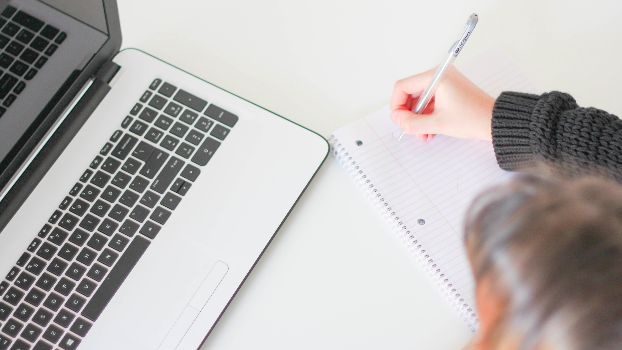
In the era of fake news students need to learn to think like professional fact-checkers
by Pisana Ferrari – cApStAn Ambassador to the Global Village
“Just because you aced the SAT, don’t think you can outsmart the shrewdest ruses on the web”, warns Sam Wineburg, professor of Education and History at Stanford and founder of the Stanford History Education Group. The best way for students to avoid getting fooled by fake news online is to think like a fact-checker, he says. A study Wineburg conducted proved that professional fact-checkers were about five times more successful than students at evaluating the trustworthiness of two different online sources on school bullying (a group of Stanford undergraduates were interviewed). Fake news is not new, of course, but the unprecedented amounts of accessible and instantaneous information now available make it harder for people to process and trust what they read. Richard Hornik, Director of Overseas Partnerships at the Center for News Literacy at Stony Brook University, says the way to harness these skills is by teaching students to “interrogate information instead of simply consuming it,” “verify information before sharing it,” “reject rank and popularity as a proxy for reliability,” “understand that the sender of information is often not its source,” and “acknowledge the implicit prejudices we all carry.”
Photo credit: J.Kelly Brito/Unsplash